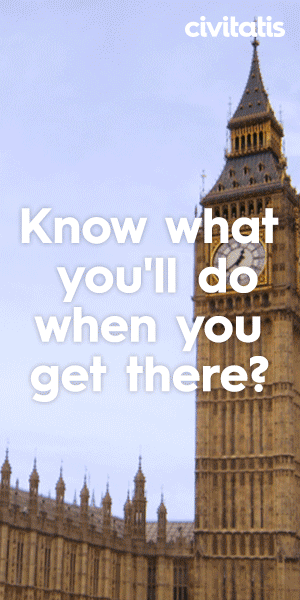Ali Qapu Palace is part of the UNESCO listed Naghsh-e Jahan Square in Isfahan. Ali Qapu Palace should be visited along with Chehel Sotoon Palace.
Here’s why you should combine your visit to Ali Qapu Palace with Chehel Sotoon Palace when in Isfahan Iran. And what you should know before visiting.
Visiting Ali Qapu Palace In Isfahan Iran
Ali Qapu Palace
Ali Qapu Palace (عمارت عالی قاپو) was completed as part of Shah Abbas I relocation of the Persian capital to Isfahan in the 16th century. It was built as part of the Naghsh-e Jahan Square in Isfahan and is a UNESCO site. However the structure as it currently stands was altered and added to by subsequent Safavid rulers.
Shah Abbas I had built a four storey structure over an older pavilion attributed to the Timurid dynasty of the 13th to 15th century. Under Shah Abbas II a music hall was added and the palace expanded to 6 floors.
When expanding the Palace Shah Abbas II added additional floors and the portico balcony with its 18 carved wooden columns. As I heard a guide explaining during our visit, the columns were covered in mirrored tiles and the walls with fine ceramics. But apparently the tiles and ceramics were plundered in the early days of the revolution.
The mirrored tiles gave the roof the appearance of floating above the balcony. There is a copper bath in the centre of the balcony which I found fascinating. It was fed mid 16th century by a hydraulic system and from a water tower.
When completed the palace had one of the best views of the city. And is said to be Iran’s first ‘skyscraper’ or ‘high-rise’ building. The balcony of Ali Qapu Palace over looks Naghsh-e Jahan Square and to the right of the building is Shah Mosque. With the balcony providing the best view of Shah Mosque in the city.





The meaning of Ali Qapu
The name Ali Qapu has two translations. The first suggest imperial/superior/great gate/door. And the other references the origin of the door itself which was said to be taken from the mausoleum of the Shiite Imam Ali in Iraq.
I found the second translation came with a more interesting story. I was told and have read that in the second translation of the name referencing Imam Ali the door was accorded a kind of venerated and divine status. Apparently anybody who took refuge behind the door could not be dislodged.
As the story goes, if a criminal took refuge behind the door not even the Shah himself could remove them or order their removal. They would remove themselves to face punishment if or when starvation set in. Nobody was permitted to ride a horse through the gate. Not even the Shah himself. And everyone had to kiss the door on entry and exit.
I definitely find the second translation more interesting. But it does sound to me like the tour guides are trying to drum up some business.
Ali Qapu Palace | Use of the site
The first translation of the name is evidenced by Chehel Sotoon and remnants of the royal garden. The structure did serve as an entry portico to a much larger royal compound containing multiple palaces.
Behind Ali Qapu Palace was a large royal compound and garden. Interspersed with other palaces of which the Chehel Sotoon Palace survives. Ali Qapu Palace is the outward facing portion of the larger royal compound.
Ali Qapu faces onto Naghsh-e Jahan Square and was used to host foreign dignitaries. It was also used to watch military parades, polo matches, horse races, assemblies and executions.
The lower two floors of Ali Qapu were a kind of state department. While the upper four floors were used to host events and served as the living quarters of the Shah.
Conclusion
When visiting Ali Qapu Palace you should also aim to visit Chehel Sotoon Palace which is located 600 meters behind Ali Qapu Place. We visited both after first visiting Shah Mosque.
I was glad I wore good shoes as there was a bit of walking involved and the stairs in Ali Qapu are rather difficult. At least I found them a bit tricky as they were quite steep and slippery at the time we visited.
I found the balcony to be the most attractive aspect of the palace. I did visit the music room on the 6th floor as it was open when we went. But the balcony with its view over Naghsh-e Jahan Square was for me the most impressive aspect.
On entry and exit I didn’t notice the ‘golden door’ that supposedly came from the tomb of Imam Ali. So I’m sceptical of the second storey about the sites name. But even without some fancy back storey I would definitely visit Ali Qapu Palace again if I were ever in Isfahan.
And while you’re in Isfahan make sure you visit Naghsh-e Jahan Square at night. Naghsh-e Jahan Square and its attractions are illuminated beautifully at night.
Liked this article? Subscribe to the blog below and check out our other travel articles on Iran.











